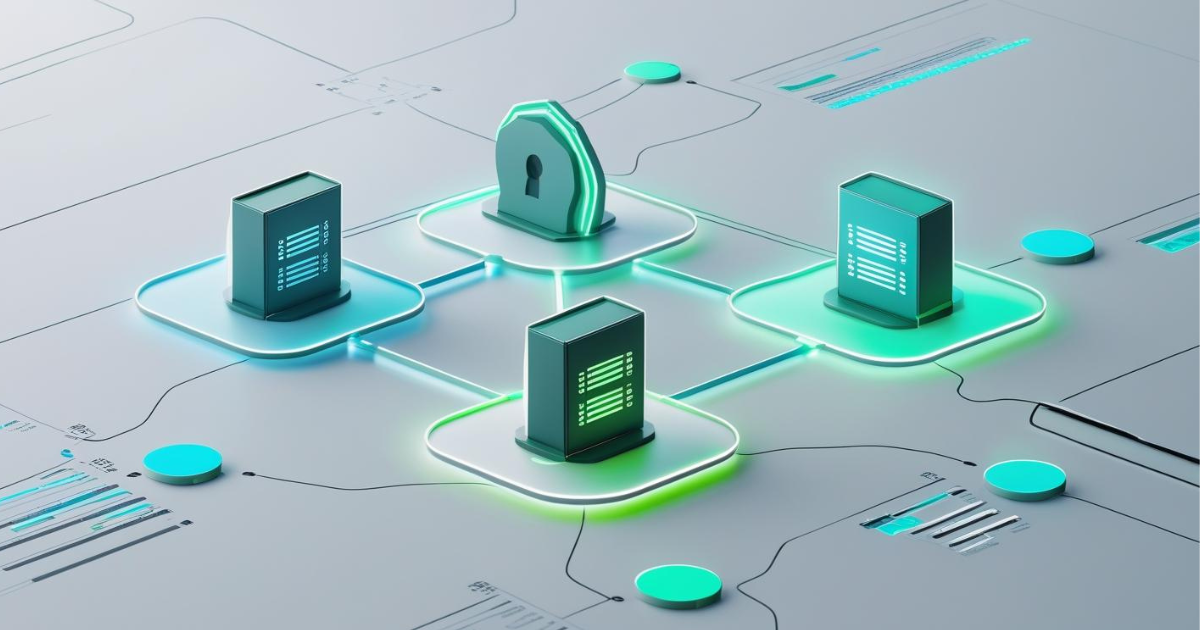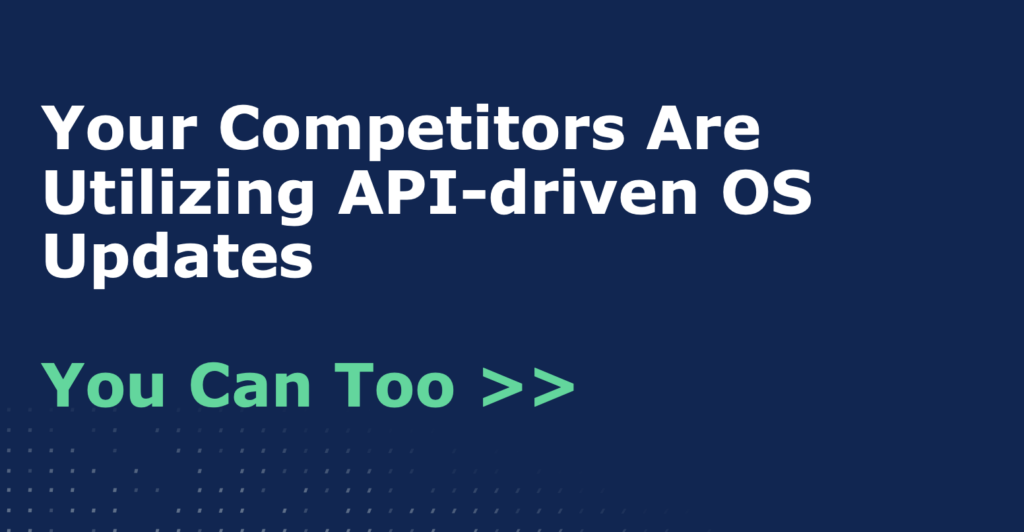7 Firewall Best Practices for Securing Your Network

Network security and reliability are paramount to business success. For network administrators, a network firewall is the most crucial security tool for network cyber resilience, so it has to be as robust as possible. However, network firewall configuration can be challenging as you have to strike the perfect balance between security and user performance.
Cyber resilience includes managing firewall configurations, keeping up with vulnerabilities, and evolving cyber threats. Network firewall configuration must protect against external security threats trying to infiltrate your business and stop malware from exfiltrating sensitive data from your network to other locations. Keeping up with patches and updates is also crucial to protect against existing threats and potential threats in the future.
It’s a daunting challenge, but BackBox can help. Based on our years of experience working with network administrators, here is a list of seven top firewall best practices to help secure the network and make it more resilient:
1. Closely Control and Monitor User Access
The firewall is your first layer of protection against threats. Overly permissive access policies allowing anyone to alter configurations create risk. Role-Based Access Control (RBAC) ensures only authorized administrators can change firewall configurations. RBAC will also enable you to create separate user profiles to provide various levels of access to the IT staff, which are only as much as needed for a job.
It’s also essential to have an access audit trail for admin and security purposes. Every time an authorized administrator changes a configuration, it must be recorded in the log for audits and compliance. This lets you quickly identify unwarranted configuration changes and roll back to a previous configuration if needed.
Additionally, regularly monitoring firewall logs helps you detect unauthorized break-ins to the firewall, from inside or outside the network, and take action to mitigate risk.
2. Establish a Firewall Configuration Change Plan
Your network’s firewall will need to be updated occasionally for various reasons, including addressing compliance requirements or vulnerabilities that expose your organization to security risks or taking advantage of new features and performance enhancements. However, it is essential to have a change management plan so that the process is smooth and secure. Any unplanned configuration change leaves room for error and may jeopardize your network’s security.
A well-defined and robust firewall change management plan must document the following core elements:
- The changes that are required and their objectives.
- The risks involved due to the policy changes, their impacts on the network, and a mitigation plan to minimize them.
- A well-defined structure of change management workflow between various network teams.
- Proper audit trails that record who made the change, why, and when.
3. Optimize the Firewall Rules of your Network
Firewall rules must be well-defined and optimized to provide the expected protection.
Over time, your firewall rule base may become cluttered with redundant elements, duplicates, or unnecessary rules that make the guidelines complicated and less effective. Getting rid of bloat helps you get back to a clear set of guidelines that are easier to follow.
To clean your firewall rule base, you should:
- Eliminate redundant or duplicate rules that slow down the firewall performance as they require the firewall to process more rules in its sequence than necessary.
- Remove rules that are no longer in use. These only make firewall management more complex and can even be a threat to network security if not updated.
- Remove shadowed rules that are not essential. These rules that are now covered by a higher priority rule that matches or encompasses it may create confusion and lead to more critical rules being neglected.
- Correct errors or inaccuracies in rules as they may result in malfunctions.
4. Update your Firewall Software Regularly
Firewall vendors usually release software updates regularly. These updates address new potential security threats by making changes to the software. It is essential to keep your firewall software up to date to ensure that your network is secure and that there are no vulnerabilities in the system that threat actors could exploit. Periodically check if your firewall software is updated to the latest version.
5. Conduct Regular Firewall Security Audits
Security audits are necessary to ensure that the firewall rules comply with the organizational and external security regulations that apply to the network. Unauthorized firewall configuration changes that are policy violations can cause non-compliance. Administrators and IT security staff should conduct regular security audits to ensure no unauthorized changes have occurred.
Audits also keep you apprised of the necessary changes made to the firewall and warn you against any potential risks created by these changes. Security audits are essential when a new firewall is installed, firewall migration activity is happening, or when bulk configuration changes are made on firewalls.
6. Have a Centralized Management Tool for Multi-Vendor Firewall Environments
Deploying firewalls from multiple vendors is a common practice in most organizations, as they can offer additional layers of security. However, the strategy can create management complexity as the architecture of firewalls from different manufacturers is usually different.
It is essential to manage all your firewalls centrally in one place to ensure they are all functioning correctly. Using a firewall management tool with multi-vendor support provides a unified view of firewall policies and rules, enabling you to compare and manage firewall rules easily. You can also perform security auditing and reporting, configuration updates and troubleshooting, RBAC, and gap analysis to support firewall migration through a centralized management tool.
7. Automate and Bring Intelligence to the Process of Firewall Updates
With technological improvements, many processes have become faster and easier. However, firewall administrators may not always be able to manually check for updates, determine which are high-priority and need to be addressed first, and perform software updates in a timely manner. This leaves the network at risk of security breaches.
To avoid any lapse in updating your firewall and make sure you address updates and vulnerabilities that are a priority, you can automate the process instead. An automated system can be scheduled to check for available updates, assign a risk score based on your environment and context about your firewall, and either alert you or automatically implement the updates or configuration workarounds. This reduces the need for human intervention and the potential for error and keeps the firewall secure and robust.
Summary
BackBox automates network device security, compliance, and lifecycle management, supporting over 180 vendors with thousands of pre-built automations, proven across more than 100,000 networks worldwide. Our RBAC, configuration management, and vulnerability intelligence capabilities are helping network admins implement firewall security best practices to make their networks more cyber resilient.
Discover the advantages of BackBox today. Schedule a 30-minute demo for an interactive tour of the BackBox platform.


